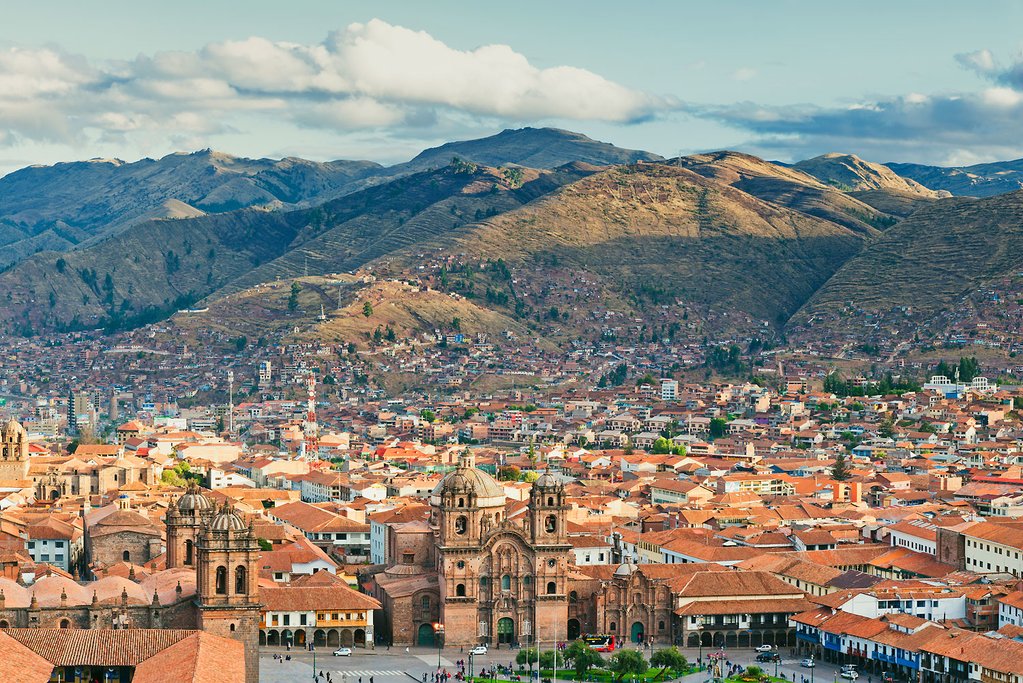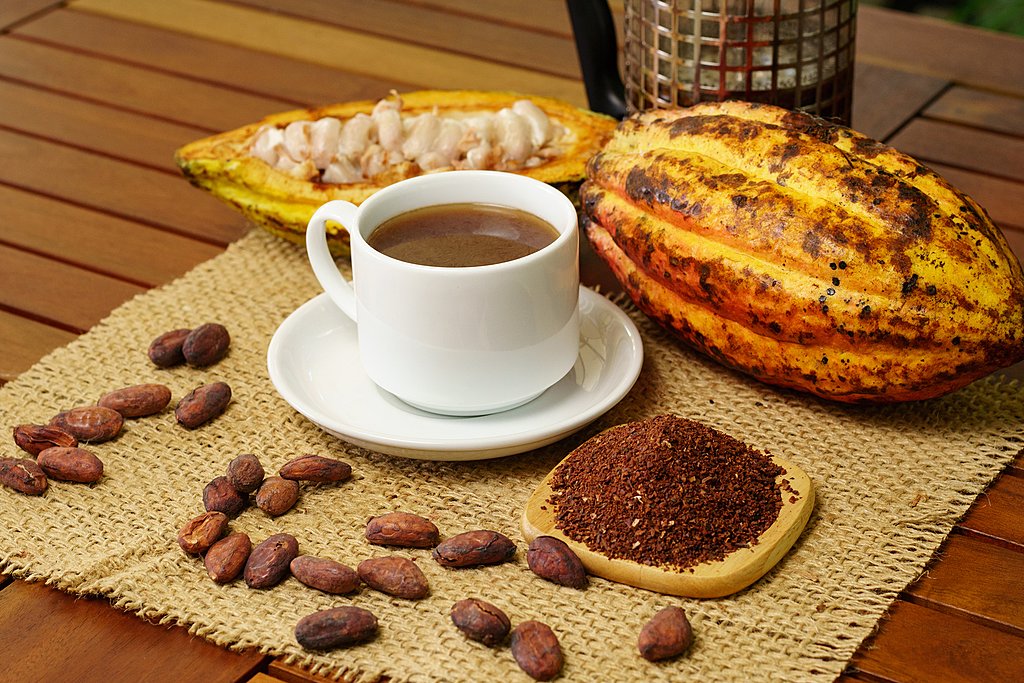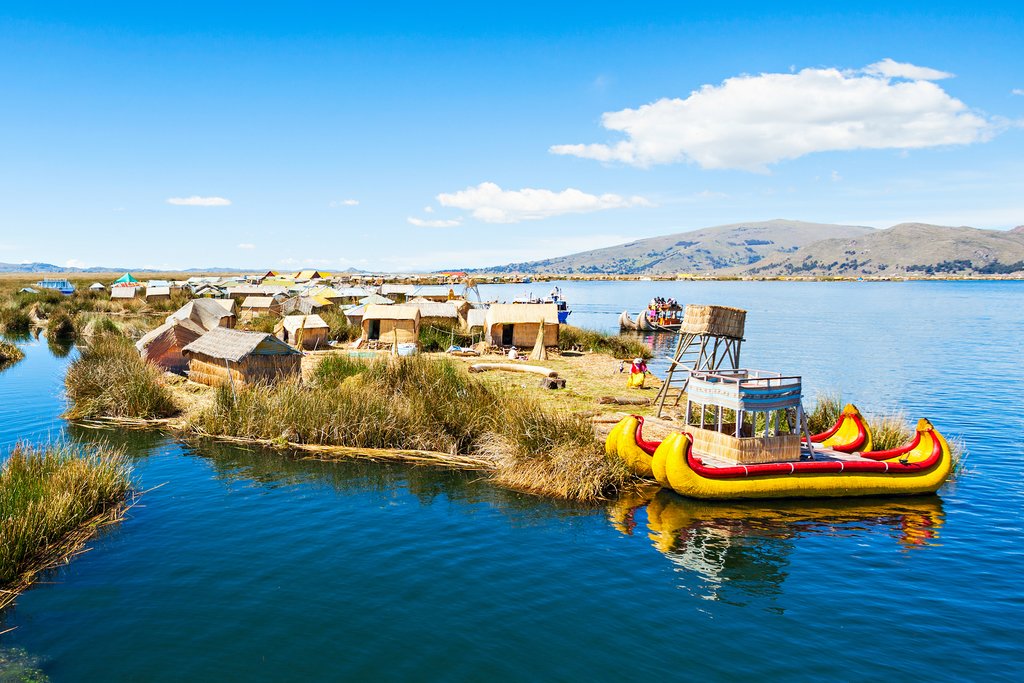Highlights
- Take in the sights, aromas, and tastes of Cusco on a culinary tour
- Discover vibrant textiles and ancient ruins in the Sacred Valley
- Delve into the culture and history of Lake Titicaca
Brief Itinerary
| Day | Highlights | Overnight |
|---|---|---|
| Day 1 | Arrival in Lima | Lima |
| Day 2 | Arrival in Cusco, Exploring the City | Cusco |
| Day 3 | A Taste of Cusco | Cusco |
| Day 4 | Sacred Valley Tour: Cusco - Chinchero - Ollantaytambo | Ollantaytambo |
| Day 5 | Short Inca Trail to Machu Picchu: Ollantaytambo - Km 104 - Aguas Calientes | Aguas Calientes |
| Day 6 | Machu Picchu Excursion: Aguas Calientes - Machu Picchu - Cusco | Cusco |
| Day 7 | Arriving in Puno: Cusco - Puno | Puno |
| Day 8 | Lake Titicaca Tour: Uros Floating Islands & Taquile Island | Puno |
| Day 9 | Departing Puno |
Detailed Itinerary
Day 1: Arrival in Lima

¡Bienvenidos! Welcome to Lima, Peru's largest city and central metropolitan hub, and home to one-third of the country's population. Located at the site of a pre-Columbian indigenous Ychsma settlement, which was conquered by the Inca empire in the 15th century and later by the Spanish conquistadores, Lima has a fascinating history and a diverse mix of cultures. Amerindian, European, Afro-Peruvian, and Asian—especially Chinese and Japanese—influences make Lima a dynamic and exciting city to explore.
Lima's breezy location on the Pacific Ocean and mild desert climate make it the perfect city for exploring on foot. Head downtown to mingle with locals, stretch your legs, and grab a bite to eat in one of the many award-winning restaurants.
Suggested activities include:
- Explore the historic center of Lima, a UNESCO World Heritage Site packed with fascinating Spanish architecture. Start with a scenic tour of the colonial downtown, which emanates from the main square. Stroll over to the 16th-century Cathedral, which took 80 years to construct and was built in the grandiose style of the Spanish Empire.
- Visit the Casa Aliaga, a colonial mansion granted by chief conquistador Francisco Pizarro to Jerónimo de Aliaga, one of his captains, in 1535. This is the only house from that era that still belongs to the same family.
- Stroll around the Pueblo Libre district to the privately owned Larco Museum of pre-Columbian art, housed in a beautifully restored viceregal mansion built over a 7th-century pre-Columbian pyramid. The museum boasts a vast pre-Colonial collection of gold and silver artifacts.
- In the evening, head to the eclectic "Love Park" in the upscale coastal district of Miraflores, where you can admire a huge kissing statue and beautiful mosaic walls. The park is built on the cliffs of Chorrillos and is a perfect place to enjoy a spectacular sunset over the Pacific.
- Enjoy a nightcap at an open-air cafe or restaurant in the diverse Miraflores neighborhood.
Day 2: Arrival in Cusco, Exploring the City

Head to the Lima airport for your transfer flight to Cusco. This ancient city is the former capital of the Inca empire, which reigned from the 13th to 16th centuries after conquering the Killke settlement on the same location.
Remember: you will be 11,000 feet (3,000 m) above sea level, so take it easy and remember to drink lots of water. Since Cusco was designed by the Incas as a city for walking, start your exploration of the narrow stone alleyways on foot. Take a walk through the plaza — if the weather is beautiful, it's a perfect place to sit on a balcony and have a cup of coca tea while adjusting to the elevation.
Suggested activities include:
- See the Cathedral, the most imposing monument in the central Plaza de Armas and a repository for Cusco's colonial art. Its construction lasted for almost 100 years, beginning in 1560 and ending in 1654.
- Discover the elaborate Puca Pucara ruins—an architectural complex of alleged military use with multiple plazas, baths, aqueducts, walls, and towers. It is believed that the entourage of the Incan emperor used it while he stayed at Tambomachay, the elaborate estate and baths nearby.
- Explore San Blas, an old bohemian quarter famous for its picturesque white walls, blue doors, and creative artisan community.
- Eat lunch at a local Peruvian restaurant and sample local flavors and cooking techniques—crackling pork, pickled vegetables, seasonal flavors, bread baked in earthen ovens, roasted vegetables, and sweet donuts make for a delicious and filling meal.
Day 3: A Taste of Cusco

Depart from your hotel and head to the city center to start your Cusco culinary experience.
Today you will learn about three key Peruvian specialties: chocolate, coffee, and pisco. Your journey begins at the Coffee Museum where you will learn about what makes Peruvian coffee so delicious and unique. At the end of your tour, you'll have the opportunity to sample several different varieties of Peruvian coffee.
Continue your exploration of Peru's gastronomic delights at the ChocoMuseum. Here, you will learn about the chocolate production process starting with the cacao tree, and ending with a rich dessert. You'll also learn how to prepare cacao tea and hot chocolate, both of which played important roles in Incan culture. Finish up your tour by learning how to prepare your own chocolate!
To cap it all off, pay a visit to Pisco Republic where you'll learn all about Pisco, Peru's signature drink. Conclude your tour with a pisco tasting accompanied by typical Peruvian dishes served as snacks.
After your tour, return to your hotel and enjoy a relaxing evening in Cusco.
Chat with a local specialist who can help organize your trip.
Day 4: Sacred Valley Tour: Cusco - Chinchero - Ollantaytambo

Today you will depart from your hotel in Cusco for a visit to the village of Chinchero, believed by the Inca to be the birthplace of the rainbow. You will see extensive Inca terraces and several small colonial-era churches, before exploring Chinchero's famous textile production and weaving crafts. Tour a weaver's studio and learn about the process of cleaning and producing the wool, then browse the selection of vibrant textiles for the perfect handmade gift.
Continue to Moray, a series of incredible stone amphitheaters built by the Inca. Considered one of the world's most innovative and architecturally advanced cultures, the Inca likely used these stone complexes for experimental agriculture in micro-climates.
From Moray walk (or take a bus) to the Salineras—the Maras Salt Flats—an intricate network of stone pools developed by the Inca to harvest salt through evaporation. These salt flats are still in use today and are carefully maintained by a close community with regulations and rules that date back to the time of the Inca.
Spend the night in the small historic town of Ollantaytambo, high in the Sacred Valley. Explore the surrounding stone fortresses, archeological ruins, and cobblestone streets of the town, which remain remarkably intact similar to their original appearances after construction by the Inca.
Day 5: Short Inca Trail to Machu Picchu: Ollantaytambo - Km 104 - Aguas Calientes

Early in the morning, we will take the train from Ollantaytambo to Km 104 where the short Inca Trail starts. By train, we see how the valley turns into a canyon and the scenery begins to alter as the cloud forests appear on our approach to Machu Picchu. We will disembark the train at Km 104 and start the hike along a challenging uphill path.
Start the trek to your first archeological site—Chachabamba. This beautiful site is very well preserved thanks to its location in the valley and was likely used for religious purposes and as a gatekeeping point for this entrance to Machu Picchu.
From here ascend for 3 hours to the ruins of Wiñay Wayna (2732 m / 8964 ft), an ancient rest area for travelers on the Inca trail. Here, we'll stop to enjoy our delicious boxed lunch, with superb views of the massive green mountains and native orchids.
The trail then becomes gentler and continues through the semi-tropical cloud forest to Intipunku (Sun Gate) where you'll enjoy your first panoramic views of Machu Picchu. Descend half an hour to the citadel for a short break and an opportunity for photos.
We won't be exploring the ruins today, as it will be getting dark. After passing through the Sun Gate, we'll cross the site to take the bus down to Aguas Calientes, where you'll check into our hotel to rest and relax in anticipation of a full-day visit to Machu Picchu tomorrow.
Maximum Altitude: 2732 m / 8964 ft
Minimum Altitude: 2088 m / 6850 ft
Distance Travelled: 10.79 km / 6.67 ml (to Inti Punku)
Approximate Walking Time: 7 hours
Day 6: Machu Picchu Excursion: Aguas Calientes - Machu Picchu - Cusco

Get an early start to beat the crowds and get the best views of the ancient ruins. From Aguas Calientes, it's an easy 25-minute bus ride up to the Machu Picchu ruins.
This 15th-century Inca citadel is located at 7,970ft (2,430 m) and is a masterpiece of engineering that served as a sanctuary and retreat for the Incan Emperor Pachacutec and his royal court. Machu Picchu, which means "Old Mountain," is considered a World Heritage Site by UNESCO and is one of the new Seven Wonders of the World.
Built as a seasonal residence for the Inca family, Machu Picchu was rarely home to more than 800 people, and during the royals' absence, a mere 100 servants would remain at the site to maintain the grounds. Machu Picchu was abandoned 100 years after construction due to the Spanish conquest and remained largely hidden to the outside world until the early 20th century.
Your guide will lead you around the site and explain the different buildings and curious corners of the building complex. Approximately one-third of the site has been reconstructed into its original structure, giving visitors a sense for the grandeur and artistry of the original citadel.
After the tour, take the bus back to Aguas Calientes for lunch and then board the train to Ollantaytambo. Upon arrival in Ollantaytambo, meet your driver for your transfer back to Cusco.
Day 7: Arriving in Puno: Cusco - Puno

Transfer to the Cusco airport to catch your flight to Juliaca and transfer to the city of Puno, located on the shores of Lake Titicaca. Lake Titicaca is the largest lake in South America. Although many bodies of water exist at higher elevations, Lake Titicaca's surface elevation of 12,507 ft (3,812 m) makes it the highest lake in the world that is navigatable by large commercial vessels.
Lake Titicaca is a hotbed of ecological diversity, archaeological ruins, tourism, and modern-day farming communities. The coastline outside of Puro is home to the Uros people, who live on floating reed islands made from the totora plant, a thick buoyant reed. Totora is used to make everything from homes and boats to the islands nearly half the size of a football field. The Uros people offer guided tours to their homes and sell traditional handicrafts to supplement their traditional hunting and fishing economy.
Several other ethnic groups, most notably the Quechua and Taquileños, inhabit several of the other larger islands on the lake, the majority of which have no electricity or paved roads. Visitors are welcome to select homes on this island for homestays.
Photographers and naturalists will enjoy seeing some of the many hundreds of aquatic and bird species, many of which are found nowhere else on earth.
It's a good idea to take it easy on your first day and acclimatize the elevation. Drink lots of water and make sure to rest. After arrival, check out some of the town's restaurants and cafes for a fresh and local dining experience.
Day 8: Lake Titicaca Tour: Uros Floating Islands & Taquile Island

Be sure to fuel up at breakfast this morning, as this full-day experience will last around 9 hours.
Your first stop will be to one of the floating Uros islands. It is believed that the Uros were one of the first ethnic groups to populate the Andean region. The Uros people live on man-made floating islands, which are constructed out of the totora reeds that grow in abundance around the lake. During your visit to these islands, you'll learn about their everyday life and traditions.
After your visit to the floating island, you'll head to lunch at a local restaurant on Taquile Island*. Quinoa soup, fresh fish caught in the lake, and vegetables are a typical lunchtime meal in Taquile. After lunch, explore Taquile Island. This island remained mostly isolated from the outside world until the 1950s, and as a result, the Taquileños follow a very different way of life. On the island, decisions are made communally, there are no cars, and there is very little electricity - just the way the Taquileños like it. Taquile is also famous for the exquisite weavings created by local artists. Traditionally, the men spin the thread, and the women design and weave each piece. You'll have the opportunity to learn about the lives and traditions of the Taquileños, and appreciate the stunning views of Lake Titicaca from the island's shores.
In the evening, walk back to the main dock in Taquile and board a boat back to Puno. Upon arrival in Puno, transfer to your hotel for the evening.
*Note: Visiting Taquile requires a strenuous climb up 500 steps to the main part of the island. Elevation ranges from around 12,000 ft (3660 m) at the lakeshore up to 13,000+ ft (3960 m) at the highest point.
Day 9: Departing Puno

Today is your last day in Peru! You will be met at your hotel for a transfer to Juliaca Airport, where you will transfer to your departure flight. ¡Buen viaje!
